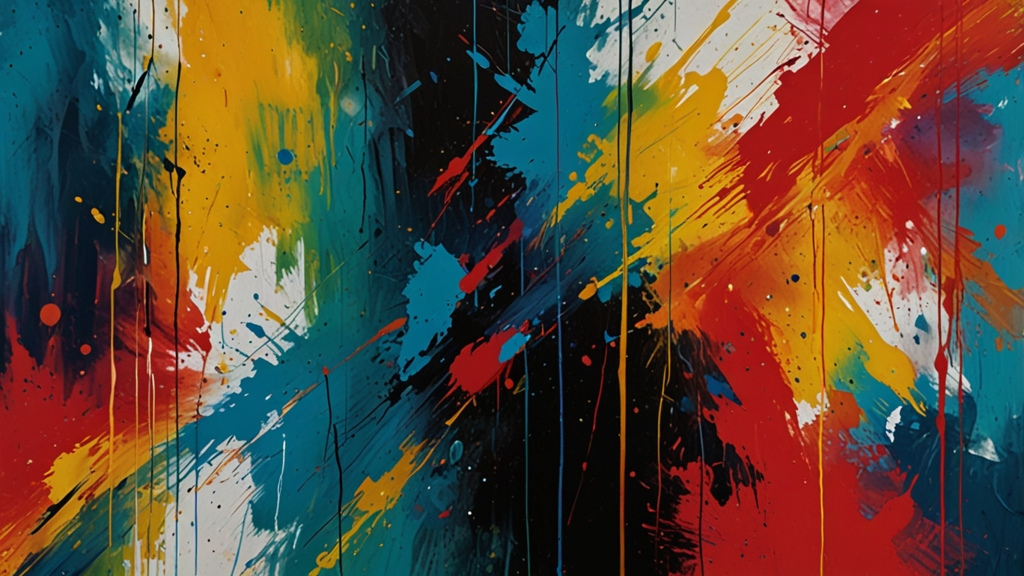Description
Before diving into the 3D model creation process, it is important to understand the instrument being modeled. The Koto is a traditional Japanese stringed instrument, resembling a long wooden box with 13 or more silk strings stretched over movable bridges. Historically, the Koto was a prestigious instrument, often played in the imperial court. Its history dates back to the Nara period (710-794), and it remains a cherished part of Japanese culture.
The Koto is not only valued for its musical qualities but also for its aesthetic appeal. Its elegant curves, finely crafted wood, and delicate strings make it an ideal subject for 3D modeling. This service aims to capture every minute detail of the Koto’s design, from its ornate bridges to the grain of its wood, providing a virtual version that mirrors the beauty of the real thing.
The Purpose of Custom 3D Model Art
In today’s digital world, 3D models serve many purposes. They are used in virtual simulations, video games, animations, and product visualizations, among other applications. For musicians, enthusiasts, and collectors of traditional instruments like the Koto, a custom 3D model provides a unique opportunity to experience and interact with the instrument in a new way.
Custom 3D models can be used for educational purposes, helping students of traditional music learn about the structure and design of the Koto in detail. Designers and artists may use 3D models to create virtual scenes or multimedia projects where the Koto is a central element. Moreover, having a 3D model allows for experimentation with different designs or arrangements, offering flexibility and creative freedom.
In the realm of preservation, custom 3D models can play a key role in conserving the legacy of traditional instruments. For institutions, museums, or cultural heritage projects, these models offer a way to preserve the physical and visual characteristics of a Koto without risking damage to the actual instrument. It is a means of archiving cultural artifacts in a format that can be easily accessed and shared with future generations.
The Process of Creating a Custom 3D Model of a Koto
Initial Consultation and Concept Design
The first step in the creation of a custom 3D model is a thorough consultation with the client to determine their specific needs. Whether the client is a musician looking for an accurate digital representation of their own Koto or a designer seeking a stylized version for a creative project, the consultation phase ensures that the final product meets all expectations. This step involves discussing the size, shape, and particular details of the Koto, including any specific artistic or functional elements the client wishes to highlight.
Once the consultation is complete, the concept design phase begins. During this stage, the artist sketches out the basic structure of the Koto in 3D software, paying close attention to the dimensions, proportions, and overall look of the instrument. This serves as the foundation for the more detailed modeling work that will follow.
3D Modeling and Sculpting
After the concept design has been approved by the client, the actual 3D modeling process begins. Using advanced 3D software, the artist carefully crafts each element of the Koto. The body of the instrument, usually made of wood, is modeled to replicate its natural curvature and texture. Every groove and contour is meticulously sculpted to ensure that the model is as lifelike as possible.
The strings, typically made of silk in real Kotos, are carefully added to the model, with the artist adjusting their placement and tension to match the real-world appearance of the instrument. The bridges that support the strings are another essential feature, and these are crafted to replicate traditional Koto designs, which often include intricate carvings and patterns.
The artist will also apply textures to the model, giving it the appearance of real materials like wood and silk. This texture work adds depth and realism to the model, making it look less like a digital creation and more like a tangible object.
Detailing and Customization
One of the key aspects of creating a custom 3D model is the level of detail that can be incorporated into the design. Whether the client wants an accurate replica of a specific Koto or a unique, personalized version, the artist can customize every aspect of the model.
For instance, clients may request specific wood patterns, custom engravings, or unique string arrangements. The artist can even add artistic flourishes such as traditional Japanese symbols or motifs that enhance the visual appeal of the model. This level of customization ensures that each model is truly one-of-a-kind, tailored to the client’s exact vision.
Review and Revisions
Once the 3D model is complete, the client is given the opportunity to review the design. This is a crucial step in the process, as it allows the client to provide feedback and request any adjustments. The artist will make revisions as needed, fine-tuning the details until the client is completely satisfied with the final product.
The review process ensures that the model not only meets but exceeds the client’s expectations. Whether it’s adjusting the curve of the body, refining the texture of the wood, or adding more intricate details to the strings and bridges, the artist will work closely with the client to perfect the design.
Final Delivery
After the client has approved the final version of the 3D model, the completed file is delivered in the desired format. The 3D model can be used for a variety of purposes, including virtual simulations, educational tools, or creative projects. The file is optimized to ensure that it works seamlessly in the client’s intended applications, whether they plan to use it in a video game, a digital gallery, or any other medium.
Benefits of Custom 3D Model Art for Koto Enthusiasts
Preservation of Tradition in a Modern Format
One of the primary benefits of custom 3D model art for traditional instruments like the Koto is the ability to preserve and share cultural heritage in a modern format. While the physical Koto may be a rare and delicate instrument, a 3D model can be accessed and shared digitally without any risk of damage. This makes it an invaluable tool for museums, educational institutions, and cultural heritage projects that aim to protect and promote traditional Japanese music.
Versatility and Creative Freedom
For artists, designers, and musicians, a custom 3D model of a Koto offers unparalleled creative freedom. With a digital version of the instrument, they can experiment with different visual styles, settings, and configurations. The model can be easily integrated into various digital platforms, including video games, virtual reality experiences, or multimedia installations, allowing for endless creative possibilities.
Moreover, the 3D model can be customized to suit specific artistic visions. Whether the client wants a historically accurate representation of a traditional Koto or a more stylized and modern version, the model can be tailored to fit their needs.
Accessibility and Educational Use
Custom 3D models can also make the Koto more accessible to a global audience. While the physical instrument may be difficult to acquire or learn, a 3D model allows students and enthusiasts to study the Koto’s design and structure in detail. Educational platforms can use the model to teach students about traditional Japanese music, instrument design, and cultural history, all within a virtual environment.
For students of music, having a 3D model of a Koto offers an interactive way to explore the instrument’s construction. They can see how the strings are arranged, how the bridges support the strings, and how the body of the instrument affects its sound, all through a digital interface.
Why Choose Our Custom 3D Model Art Creation Service?
Our service is dedicated to providing the highest quality custom 3D models of the Koto, designed to meet the exact specifications of each client. We pride ourselves on our attention to detail, ensuring that every element of the Koto is meticulously crafted to create a lifelike and visually stunning digital representation.
We work closely with each client throughout the process, from the initial consultation to the final delivery, ensuring that the model meets their expectations. Whether you are a musician, artist, or cultural institution, our custom 3D models are designed to enhance your projects and provide a unique way to experience the beauty of the Koto.
Conclusion
The creation of custom 3D model art of the Koto is a specialized service that combines traditional craftsmanship with modern technology. By capturing the beauty and detail of this iconic instrument in a digital format, we offer a way to preserve, study, and celebrate the Koto in new and exciting ways. Whether you are looking to explore the instrument’s design, incorporate it into a digital project, or preserve its legacy for future generations, our custom 3D models provide the perfect solution.





Reviews
There are no reviews yet.